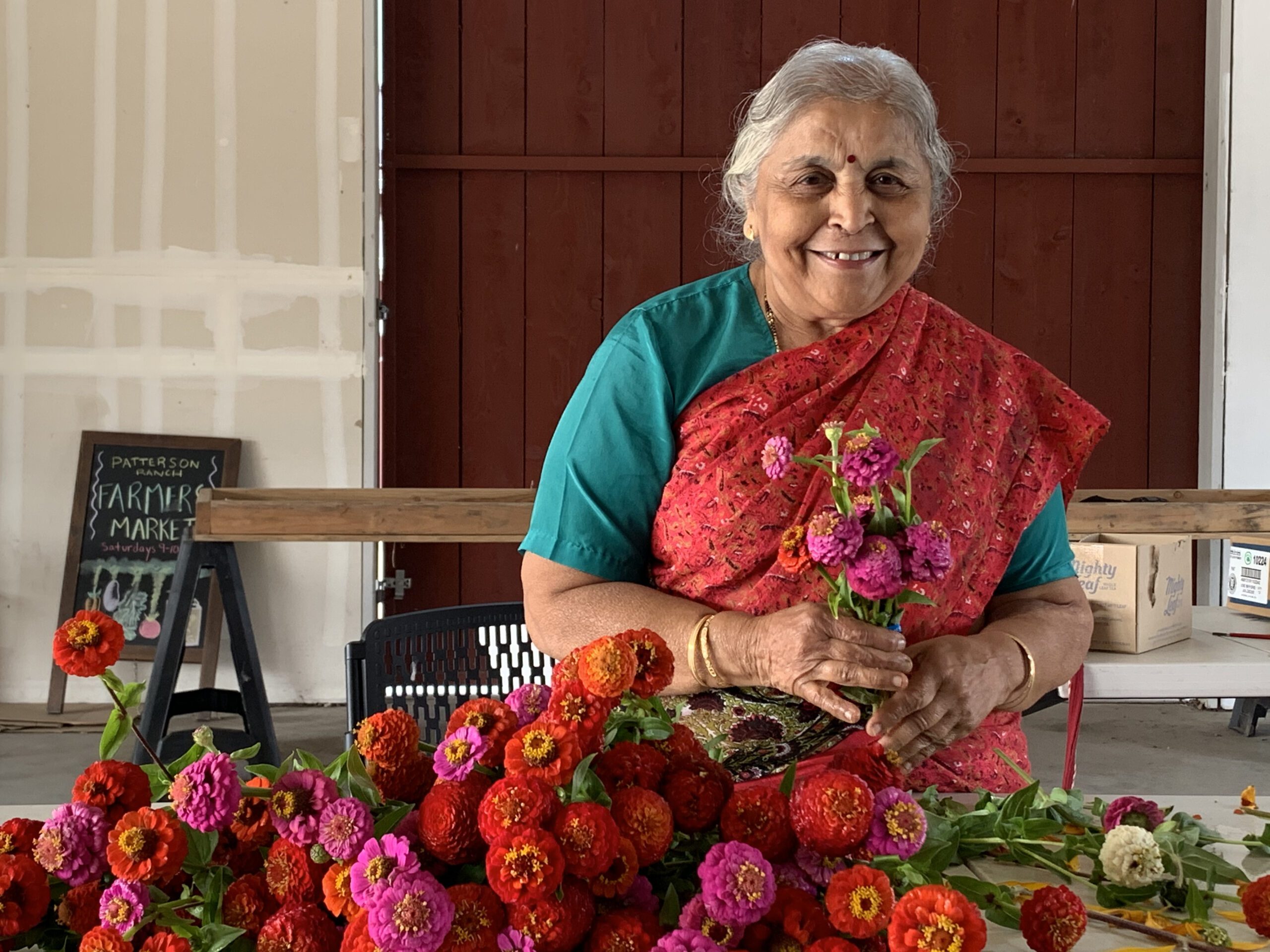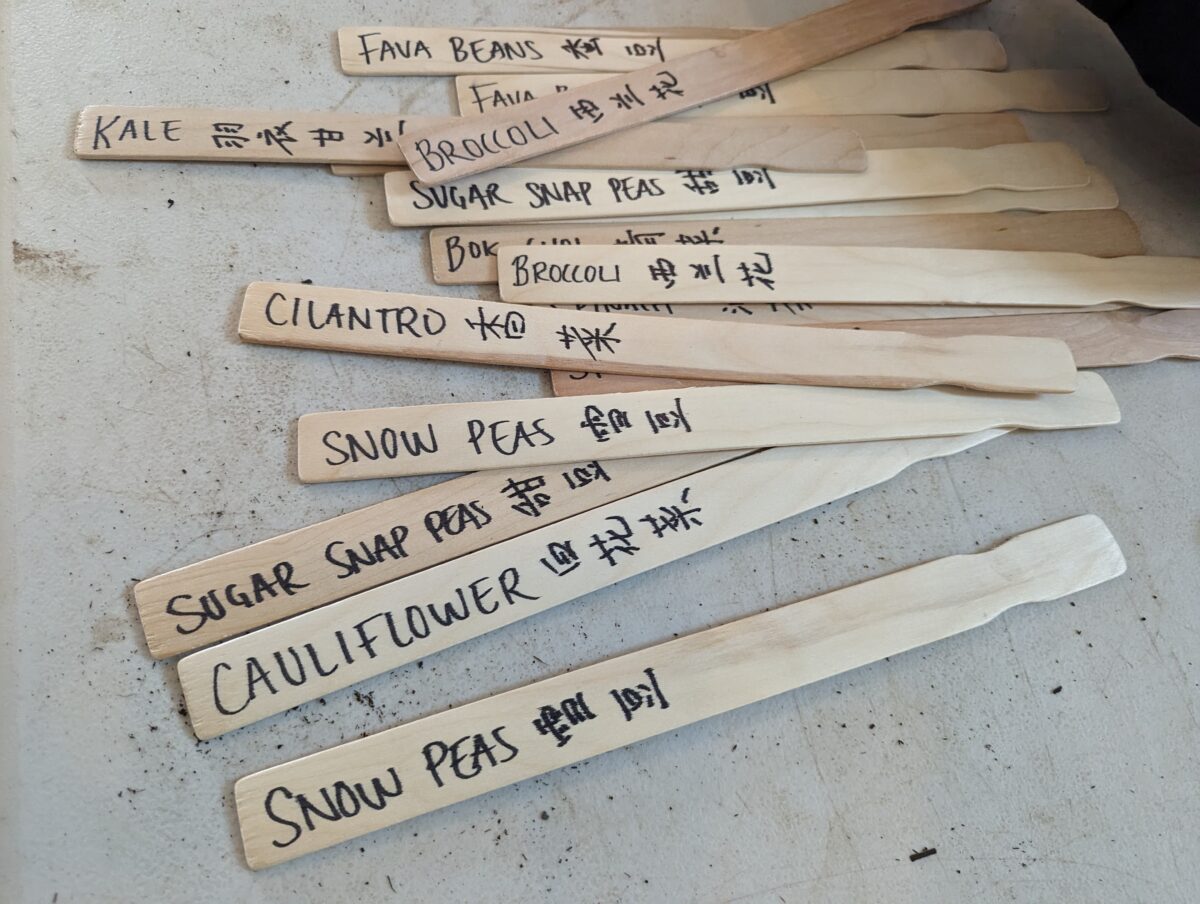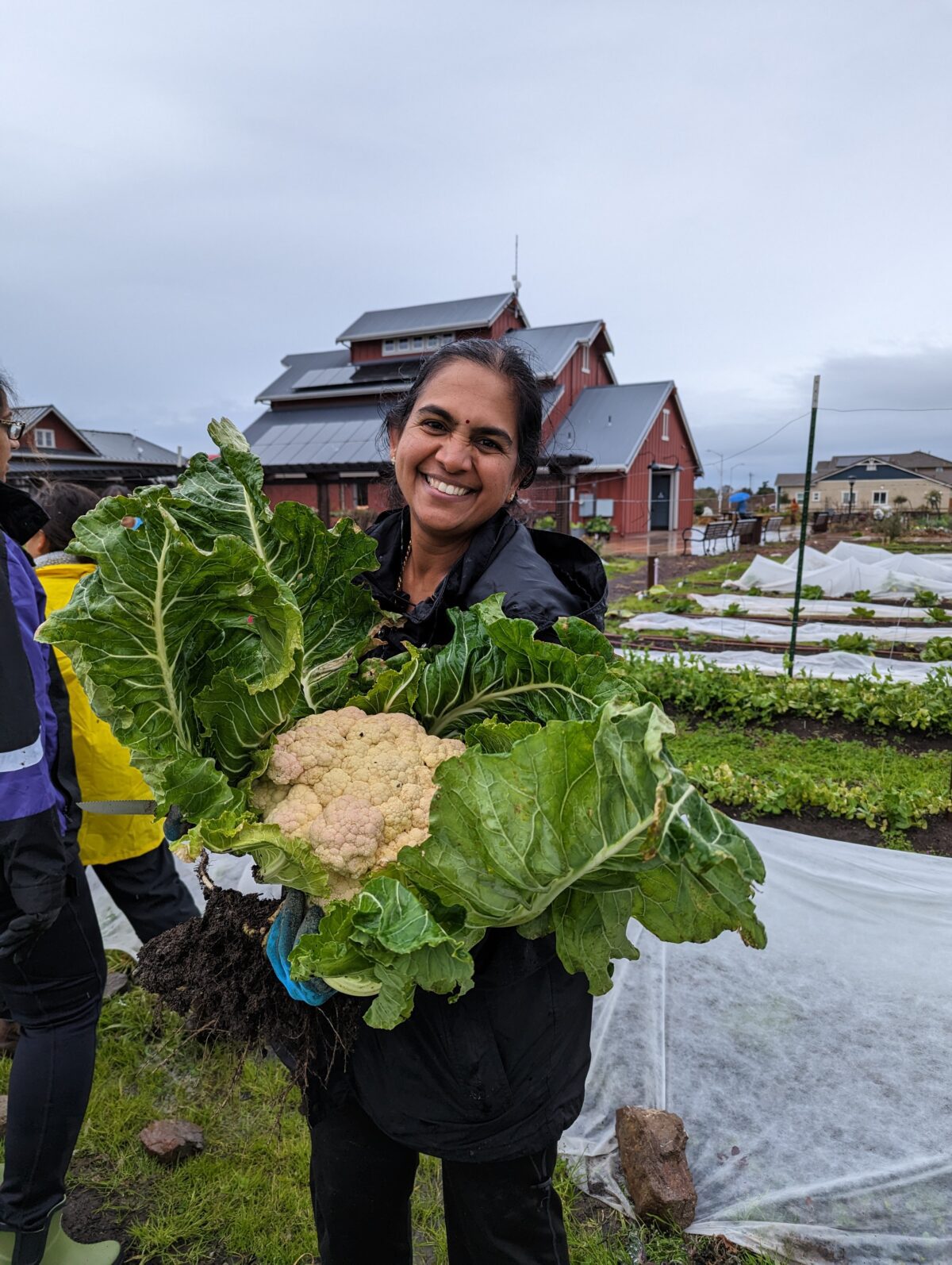How to Start Sustainable Farming & Gardening in the Bay Area
At Farmscape, we believe that every outdoor space can be transformed into a harmonious blend of beauty and sustainability. Sustainable landscaping and gardening at Farmscape is an integrated philosophy that guides every decision by our design, installation and maintenance teams. In practice, that means we work with site conditions to enhance the rhythms of nature and nourish people, pollinators and soil on all our projects.
Embracing Eco-Friendly Farming For a Greener NorCal Home
It’s widely known that the Bay Area has one of the best climates in the world for food production, yet for most Bay Area residents new to urban farming and gardening, the fog, cool weather and shade-casting redwoods provide some hefty challenges to growing the perfect tomato. That’s why we started Farmscape: to help Golden Gate residents start a farm in their own backyard — without the headache. This guide, put together by our sustainable landscape management team, is tailored to help you navigate the unique challenges and opportunities of sustainable gardening, from San Jose to Sonoma Valley.


Climate and Soil Considerations For Organic Farming
If you’re looking to get a start in urban farming, the first thing to understand is our unique microclimates. Northern California’s weather ranges from the wet, foggy coasts of Santa Cruz to the dry, sunny flatlands of Walnut Creek. Altitude also plays a huge role, as deep East Bay valleys and high San Mateo experience great temperature swings, which can be a disaster for small-scale farming operations! Additionally, we have mostly heavy clay soil inland and sandy soil near the coasts, which takes some getting used to. Prior to our first visit to your site, we’ll research your microclimate and Sunset garden zone, as well as look up the chill hours (hours below 40 degrees annually), to help us select the right crops and fruit trees for you. We’ll also do a quick hand sample of your soil to factor into our irrigation calculations. For some larger sites, we’ll take soil samples to send to a trusted lab for further evaluation.
irrigation and Drainage For Eco-Friendly Landscaping
Northern California is a region of extremes, and we toggle from years-long stretches of drought to El Niño winters, where it rains for weeks. To handle these extremes, our team of organic garden experts goes through annual training with Lori Palmquist, an East Bay landscape leader who has perfected the art of drip irrigation. In addition, our sustainable landscape design team diligently (and obsessively!) captures rainwater on every site we manage, preserving it in dry years and allowing it to percolate deeply to refresh our heritage trees. Moving water deep underground for storage, and out and off site when it’s excessive, is key to garden success. Our expertise in designing landscapes that minimize water usage, without sacrificing beauty or productivity, exemplifies our commitment to sustainable solutions.
Choosing Native and Drought-Tolerant Plants
Native and drought-tolerant plants make sustainable architecture and landscape designs click. These plants, like the beautiful Fremontodendron (named after Fremont, California) or Arbutus Marina, (named after the Marina neighborhood in San Francisco), require less water and maintenance, making them ideal for sustainable landscapes. Farmscape’s projects often showcase the beauty and practicality of these summer-dry plant selections, which have evolved along our boom-and-bust water cycles. In addition, we’re always experimenting with new rootstock to help our fruit trees become more resilient to weather swings.
Companion Planting and Crop Rotation
Many of our 50+ team members earned their stripes working on organic farms, from Humboldt to Tehachapi. It was here we learned about implementing companion planting to reduce pests and increase crop yield. A great example of this sustainable landscaping technique is using plants from the mint and salvia families to ward off aphids and ants, instead of dousing with pesticides. Our team has also mastered the organic gardening technique of crop rotation. By keeping meticulous notes on garden layout year after year, we decrease the chances of certain diseases attacking specific families of crops. These age-old practices are essential components of organic farming and sustainable gardening, and can be effective on a small plot of land.


Permaculture Principles vs. Regenerative Farming
You may have heard terms like permaculture and regenerative, as well as biodynamic, no-till farming and plain old organic farming. What’s the difference, and which ones does Farmscape use? The answer: all of the above. Our team of over 50 organic farmers has worked on all sorts of innovative organic farms, and we’ve taken the best of these ideas and distilled them into our own unique approach to eco-friendly landscaping. All these terms coalesce around creating self-sustaining ecosystems, so we start with a sustainable landscape design that works with the natural site features so as not to disturb existing pollinator communities.
Small-Scale Gardening in Raised Beds
If you have a small space, we strongly suggest doing raised beds as opposed to row crops. Raised beds offer several advantages for gardeners, including the ability to create optimal soil conditions and improved drainage, which is particularly beneficial after rainy winters! They also extend the growing season by warming up the soil faster in spring and retaining heat longer in fall — ideal for warm-season crops. Raised beds also make maintenance more manageable, with fewer weeds and reduced bending or stooping, which enhances accessibility for gardeners. Additionally, they aid in effective pest control and prevent soil compaction, ensuring a well-aerated environment for plant roots. Aesthetically, raised beds add structure and beauty to gardens and are customizable using various shapes and materials.
Community Resources and Support
Learn from the best! We’ve provided these blog posts to get you started, and our team would love to get you started on your environmentally friendly landscaping journey. In addition, we recommend the following resources that we’ve learned from over the years.
- Visit an Atherton estate that uses old-school permaculture methodology to create an elevated Silicon Valley Farm.
- Learn about Northern California’s different microclimates and how to work with yours from this blog post.
- Take a look at this Alamo home to see how an oak woodland microclimate was turned into a vibrant urban farm.
Work With the Bay Area’s Premier Sustainable Landscape Architecture Team
Ready to transform your patch of San Jose, Mountain View or San Leandro into a thriving urban farm? If you’ve been searching for the right eco-friendly landscaping team near you, reach out to Farmscape and set up a time to chat with our industry leaders. We look forward to farming with you!



